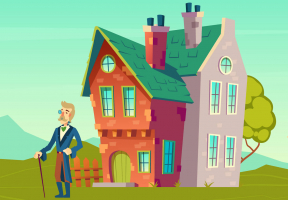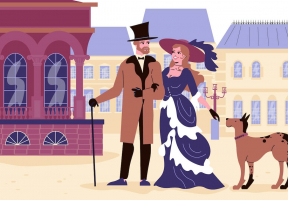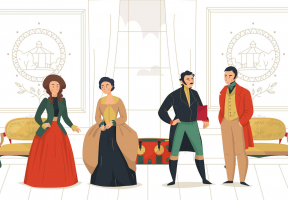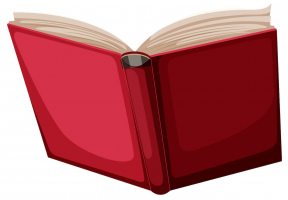Candide Characters
If you’re looking for descriptions of Candide characters, you’re in the right place! Candide, Pangloss, Cunégonde, and other characters in Candide are analyzed in this article by Custom-Writing.org experts. 🗺️ Candide Character Map Below you’ll find Candide character map. It contains all the key characters that appear in the story. ...

















































